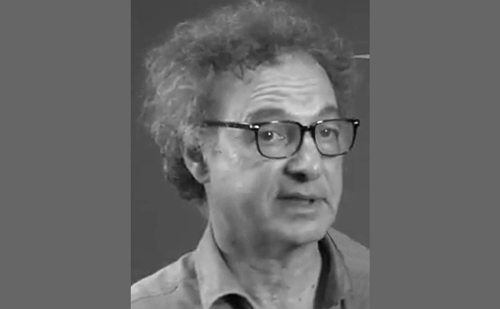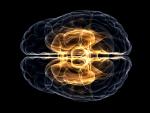Until recently, neuroscientists assumed that the brain was fixed in terms of function and structure. Nowadays, data supporting the notion of neuroplasticity1 have grown to such an extent that former assumptions must be replaced. Brain plasticity,2,3 the possibility of adapting brain functions and, indeed, of also modifying its structures to requirements from the internal and external environment is a remarkable feature we all can embrace. It helps us to develop new skills, discover new options, recover from injury, cope with constraints and compensate for neurological disorders.4,5
Lifelong Learning
We try to understand the brain as the organ of learning and of interpreting the world. In our large neurorehabilitation clinic,6 we see many patients after stroke or brain injuries and we always try to find an approach to what is called so beautifully ‘the person’: per-sonare derived from Latin means ‘sounding through’. Diseases or injuries may lead to changes of body structures and functions, but, we believe, that the person himself or herself remains unaffected and it is our task to find openings in these walls so that the person can ‘sound through’ again. Examples from practical experience demonstrate that recovery of function after an injury or a disease of the brain follow similar laws and pathways, which occur in normal development in a healthy child. Adult patients should be allowed to use similar mechanisms, which in childhood have led to success, viz. normal behaviour. A common denominator for changes in the brain is (motor) activity. Brains that have been trained are clearly different from untrained brains.3,6,7 Accomplishments and completions of daily activities lead to changes of structure and functions of the brain up until an advanced age.
Three Important Aspects of Learning
As in all behaviour, genetic aspects play an important role. ‘Genetic’, however, is not interchangeable with ‘unchangeable’.8 The second point in learning is imitation, which is natural in children. An important new development in neuroscience is the description of mirror neurons and the knowledge about the vital role the play in human behaviour. A third way of learning is learning by doing. The historical metaphor for it is the boat of Odysseus, which over the 20 years of his absence from home was completely rebuilt. Naturally all the parts had to be replaced, only the principle has remained the same. The same is most probably true for the brain which materially may be completely replaced over time but the person remains (more or less) the same.
Attitude is Important
Structural regeneration in the adult central nervous system is limited; functional reorganisation, however, i.e. formation of synaptic networks by remodelling is observed all life long and functions of irreversibly damaged brain areas may be taking over by other brain areas. Furthermore, functional deficits may be compensated by persisting functions or by technical aids. In clinical neurorehabilitation a particularly important aspect is reconditioning of patients after brain damage.6 About 100 billion nerve cells exist in an adult human brain.4,5 Most of them must be built during pregnancy, which leads to a calculation of 4,300 newly built nerve cells per second during the entire pregnancy. Each one of these neurons has about a thousand to 10 thousands of connections to other nerve cells, which are naturally built over an entire lifespan. If all the synapses were counted and only one is counted per second one would have to count for 30 million years (without interruption)! Only those connections remain, however, which are used and therefore the saying ‘use it or lose it’ has a good basis.











